Experienced RI and MA Drowsy Driving Attorneys
Most everyone is familiar with the driving terms, “DWI” (driving while intoxicated) and “DUI” (driving under the influence – ordinarily by alcohol). According to recent studies sponsored by the National Highway Traffic Safety Administration (NHTSA), perhaps we should add another dangerous driving abbreviation, “DWD” (“driving while drowsy”), since in many cases the practice can be just as dangerous as mixing alcohol or drugs with operating a motor vehicle.
Not Just Falling Asleep at the Wheel
Experts argue that drowsy driving is not just falling asleep at the wheel; it can happen anytime the driver has been sleep deprived within a 48-hour period before getting in the vehicle. Medically speaking, driver alertness, degree of attentiveness, attention span, reaction time, judgment, and decision-making are all compromised when drowsy. This leads to a greater chance of crashing. According to NHTSA’s National Motor Vehicle Crash Causation Study (NMVCCS), drowsy drivers are more than twice as likely to make performance errors as compared to drivers who are not fatigued.
Drowsy Drivers Exhibit Common Factors
Accident experts say that while each drowsy driving accident is unique, they follow a set of common factors:
- While drowsy driving can occur at any time of the day or night, as one would expect, drowsy driving crashes most frequently occur between midnight and 6 a.m.
- The second most prevalent time for drowsy driving accidents is in the late afternoon
- Many drowsy driving crashes involve only a single vehicle
- Usually, there are no passengers in the vehicle other than the driver
- Drowsy driving crashes most commonly occur on rural roads and highways
Precise Counts of “DWD” Accidents Are Difficult to Calculate
NHTSA officials observe that precise counts of “DWD crashes” are not yet possible. Officials aren’t yet tracking all relevant factors that can lead to a crash. Accident scene investigators routinely watch for clues that drowsiness may have been a factor, but those clues are not always identifiable. Even when clues are present, it may be impossible to tie them completely to the wreck.
In spite of the lack of precision, NHTSA estimates that in 2014 there were 846 fatalities (2.6 percent of all fatalities) that were drowsy driving-related. The trend appears to be consistent over the past decade.
The Bay State is a Leader in Efforts to Combat Drowsy Driving
It should be noted that Massachusetts has been a leader in the national work to combat drowsy driving. As early as 2009, the state government established the Massachusetts Special Commission to study the impact of drowsy driving. Its report is still relevant today. Among other things, the Commission revealed that drivers age 16 to 29 – particularly male drivers – are among those most likely to drive while fatigued. While the Commission used a study methodology that was somewhat different than that used by the NHTSA, the Commission estimated that there could be as many as 1.2 million crashes, 8,000 lives lost, and 500,000 injuries due to drowsy driving each year in the U.S.
Some Victims of Drowsy Driving May Recover Damages
If you have been involved in an accident in which a driver showed signs that he or she was drowsy before the crash, you may be able to recover significant monetary damages for your pain and suffering, as well as your economic loss. In such cases, it is vital that you have legal counsel that is skilled in investigative techniques and knowledgeable about complex liability issues.
The injury lawyers at the Bottaro Law Firm, LLC have the skill and experience to represent victims of motor vehicle crashes, and they have the resources to protect your legal rights. Get the sort of representation that you deserve. We will pursue your case at no cost until we win. Remember that delay can harm your case. Our experienced legal team is available 24/7 for a free consultation. Give us a call at 866-529-9700, or complete our convenient online contact form.

